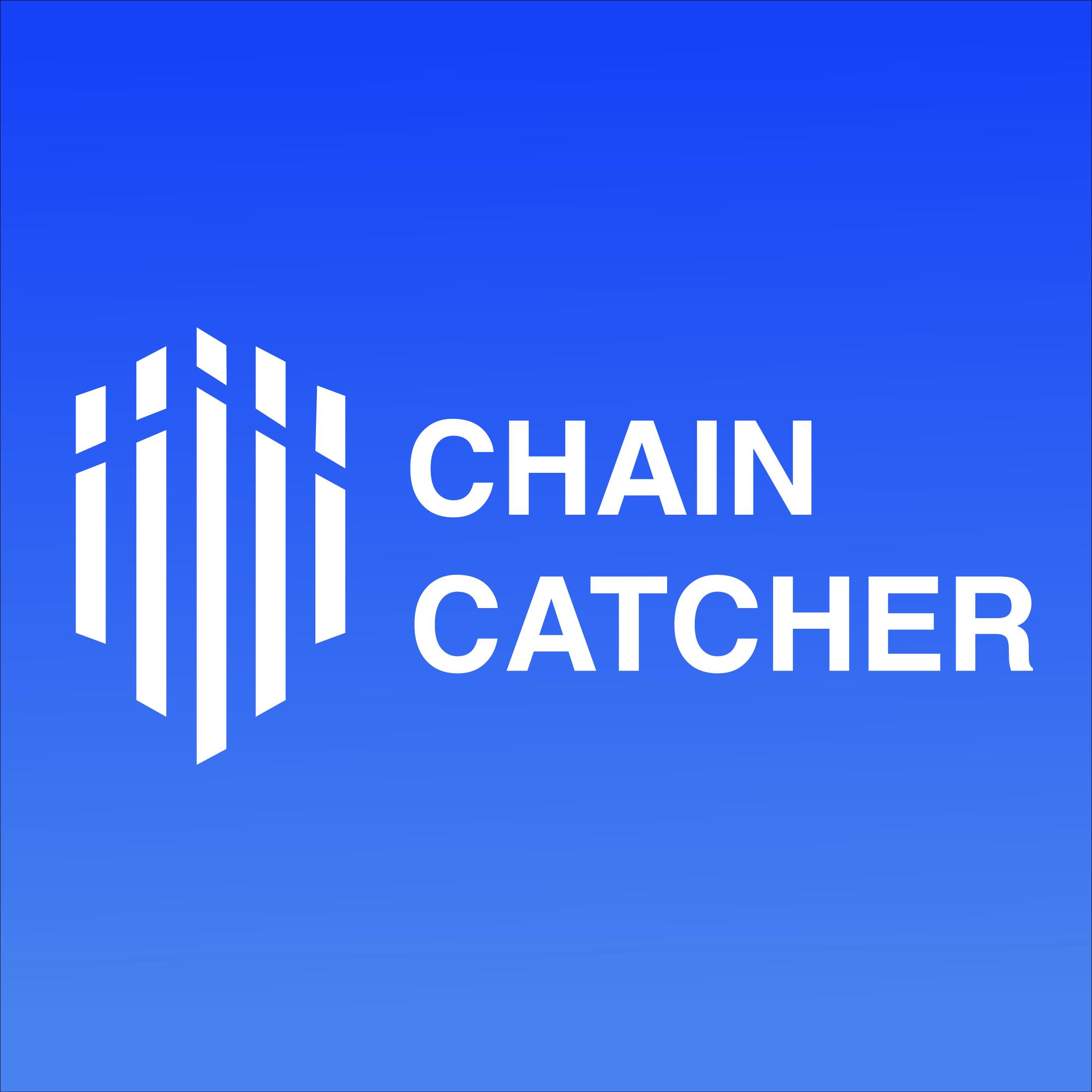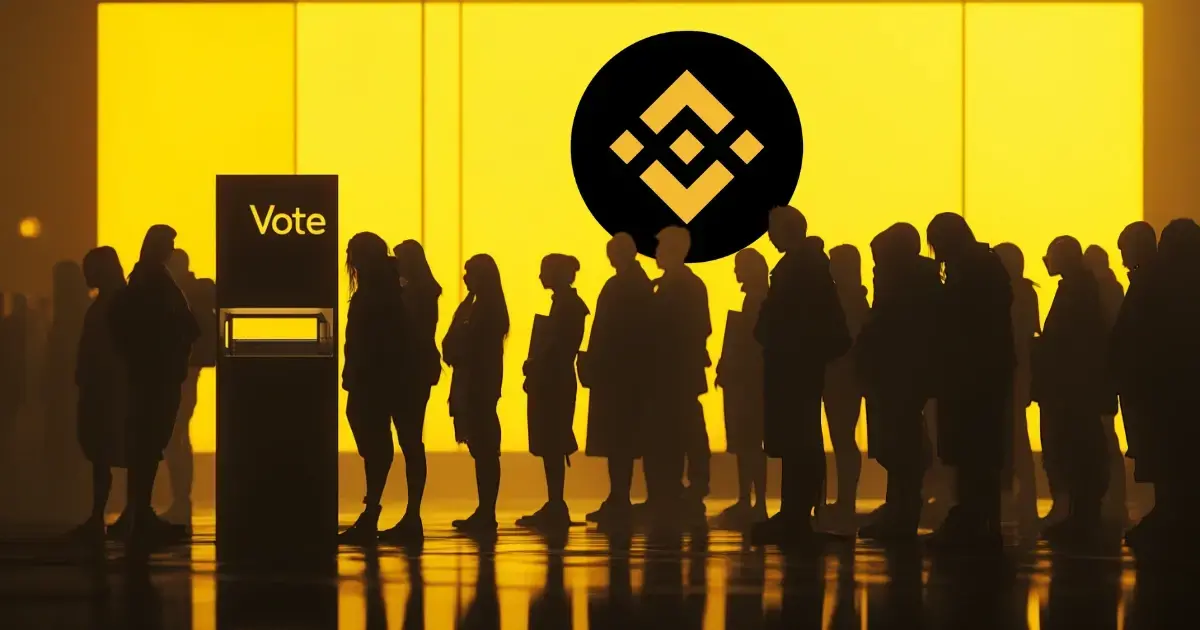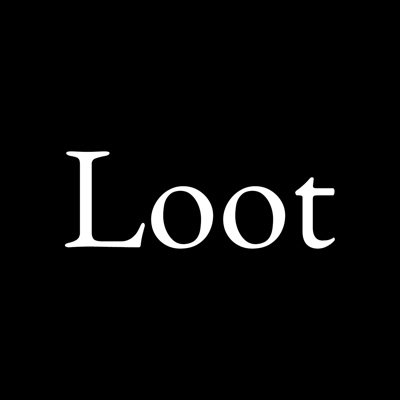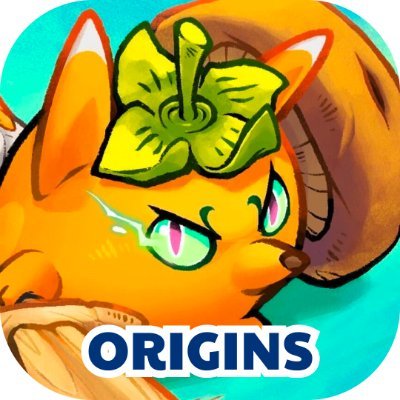The once-popular Loot launches the L2 network Loot Chain. Can it ignite a new prosperity in the Lootverse?
Author: Mia, ChainCatcher
Recently, the Loot ecosystem project Adventure Gold DAO announced that it will build a community-specific Ethereum L2 network called Loot Chain using OP Stack to reduce gas fees. It is reported that Loot Chain is supported by the Web3 infrastructure provider Caldera, and the native token AGLD will be used as the gas token. In addition, the project recently announced that the crypto market maker DWF Labs has committed to supporting the AGLD ecosystem and plans to purchase millions of dollars worth of AGLD tokens.
Does the recent series of major moves by Adventure Gold DAO hint at the return of the former dark horse in the NFT field?
Why Build Loot Chain?
Like many other communities in the Ethereum NFT space, the Loot community has been plagued by high gas fees since its inception, and Ethereum can no longer meet the development needs of the Lootverse. It is well known that on-chain games typically require extremely fast speeds and relatively affordable interaction costs to meet the demands of high-frequency interactions. Therefore, the best solution is to establish a dedicated blockchain infrastructure to optimize on-chain operational costs. The popular OP Stack currently provides the possibility for the construction of the Loot ecosystem-specific Layer 2 expansion, "Loot Chain."
Loot Chain is a Layer 2 that is fully managed by the Loot and AGLD communities and supports EVM. It is built by Caldera using OP Stack, which not only reduces gas fees but also uses Polygon as a data availability layer, significantly lowering the construction, deployment, and operational costs of Loot Chain. The governance token AGLD will also be used as the on-chain gas for Loot Chain. Additionally, Loot Chain has upgrade capabilities to meet the needs of Loot community developers.
In addition to considering cost and scalability issues, building a dedicated chain is also from a developer-friendly perspective. The team stated that Loot Chain will provide builders with a toolkit for creating new games and development, as well as greater autonomy. Furthermore, the low gas fees will support game developers in running on-chain assets such as tokens or NFTs, and even the entire logic and state of games can run on Loot Chain. Prior to this, core game projects in the Loot ecosystem, such as Loot Realms, LootMMO, and HyperLoot, did not achieve a fully on-chain form and cannot be considered true "chain games."
Loot Chain is seen by the official team as "an important step in uniting the Loot community and revitalizing the Lootverse," and its launch will address the challenges of gas fees and autonomy within the ecosystem.
It is worth mentioning that Loot Chain is supported by the infrastructure provided by the Rollup scaling solution project Caldera. Caldera is also one of the recent hot projects and, as a leading project in RaaS (Rollup as a Service), has attracted the attention of Sequoia Capital and Dragonfly Capital. According to Rootdata, Caldera has raised a total of $9 million in two rounds of financing, led by Sequoia Capital and Dragonfly Capital.
Caldera's Rollup solution provides instant confirmation times for Loot Chain, allowing users to participate in games, trade NFTs, and complete transactions in real-time. Additionally, it offers ultra-low transaction fees for on-chain interactions. At the same time, while ensuring that Loot Chain has high performance at low network costs, it also inherits the security of Ethereum Layer 1. Caldera also provides extensive infrastructure support, including block explorers and indexers, which will make it easier for developers and users to interact with Loot Chain.
Future Roadmap of the Loot Chain Ecosystem
It is necessary to briefly understand the development history of Loot and Adventure Gold (AGLD) DAO.
Adventure Gold (AGLD) DAO originated from the Loot community and is the first "world" building community on the blockchain. The Loot community is also the first attempt to create a decentralized, community-collaborative environment based on NFTs, and the world created by the Loot community is called the Lootverse. The ultimate goal of AGLD is to build what is known as an "autonomous world."
An autonomous world (AW) is a self-governing, decentralized digital ecosystem owned, controlled, and operated by a decentralized network of individuals interacting on the blockchain, rather than by any centralized entity. The autonomous world is the ultimate form of decentralized applications, encompassing DeFi and on-chain games, achieving the final form of complex applications in a decentralized manner, ensuring community sovereignty. Users can own property, create and execute contracts, and even form their own governments. In short, users can create their own societies, giving the autonomous world all the complexities and richness of the real world.
The launch of Loot Chain seems to be gradually making this "ultimate ideal" a reality.
Although the hype around "Loot" NFTs ended its brief boom back in 2021, the hope for games and storytelling narratives born from Loot's openness, known as "Lootverse," still exists. Regarding the roadmap, according to the official introduction, AGLD will release multiple demos of NFTs and games developed based on Loot Chain in the near future, along with a developer toolkit and other supporting products. These toolkits will provide developers with the necessary resources for creation and development in the Lootverse, and ecological subsidies targeting the AGLD community will soon be released to further promote the growth and development of the ecosystem. Additionally, AGLD plans to hold hackathons and ecosystem grants to support various inspirations for the autonomous world (AW).
Can Loot Chain Replicate the Success of Axie Infinity's Sidechain Ronin?
In fact, the concept of a community-specific chain for NFTs is not new.
From CryptoKitties and DeFi summer to the rise of on-chain applications, the market's demand for throughput has been continuously increasing, which has also led to rising transaction costs and significantly extended settlement times. Everyone has started looking for ideal solutions to the blockchain scalability problem, and GameFi is no exception.
Since blockchain games require more computational resources, all games will compete for block space. To address network congestion, project teams have developed application-specific L2 expansion layers, and Axie Infinity Ronin is a great example.
Ronin was created specifically for the Axie Infinity community, solving the high transaction fees for Axie Infinity while alleviating network congestion. Ronin successfully helped Axie Infinity achieve fast and seamless transactions (almost instant confirmation) within the game. Additionally, Ronin introduced a customized wallet solution, "Ronin Wallet," simplifying the onboarding process for new users, while the launch of a block explorer improved transparency and data accessibility, partially addressing the bottlenecks faced by Axie Infinity.
The birth of Ronin Chain provided players with a better on-chain gaming experience, achieving phenomenal growth in game users. After migrating from the Ethereum network to Ronin, Axie Infinity's daily active users (DAU) surged from 30,000 at the end of April 2021 to over 250,000 by the end of the year. This not only contributed to the rise of Axie Infinity but also created an unprecedented boom in GameFi in 2021, sparking a wave of GameFi and Play-to-earn.
Looking back, the success of Ronin was not just a one-time phenomenon. As the Ronin chain ecosystem gradually developed and improved, Ronin became the core of Axie Infinity and also nurtured its own DEX, Katana. Under this influence, new users were more willing to try blockchain games. Despite still being overshadowed by the $610 million hack incident, Ronin continues to attempt to launch various testnets, dApps, and mainnet staking features.
Perhaps the success of Ronin Chain has set a precedent for Loot Chain.
Due to recent positive news, the gas token AGLD for Loot Chain has seen a 39.46% increase in the past week, and the current price has reached a new high since mid-April. The use of AGLD as the gas token for Loot Chain has undoubtedly become the main reason for this increase.

It is reported that AGLD is the incentive token within the Lootverse ecosystem, distributed through a fair airdrop process, with each original Loot holder eligible to receive 10,000 AGLD for free. Dune data shows that the total supply of AGLD is 80 million, with over 2.7 million AGLD still unclaimed. The current circulating supply is about 77 million, of which approximately 55% is held on centralized exchanges, providing ample liquidity for trading activities. Based on the widespread distribution and liquidity of AGLD within and outside the Loot community, AGLD has also been selected as the gas token to hedge against Ethereum gas fees.
In addition, the official has revealed that a staking incentive program for the AGLD community will soon be launched, which may also indicate that the price of AGLD will experience a new rebound.












